Comparison of Debulking Combined with Intralesional Triamcinolone Acetonide Injection Versus Debulking Alone, for the Treatment of Earlobe and Helical Keloids.
DOI:
https://doi.org/10.32007/jfacmedbaghdad3002Keywords:
Debulking, Ear Keloid Treatment, Keloid, Patient satisfaction, Recurrence, Triamcinolone acetonideAbstract
Background: Keloids of the ear present a significant clinical challenge, with surgical excision alone associated with high recurrence rates (45%–100%). Various adjuvant treatments have been explored to improve outcomes, with intra-lesional corticosteroids showing promise.
Objectives: To evaluate the effectiveness and safety of debulking combined with intralesional injection of triamcinolone acetonide versus debulking alone in treating earlobe and helical keloids.
Methods: This study was conducted at the Department of Dermatology and Venereology, Baghdad Teaching Hospital, from January 2014 to October 2015. Twenty-eight female patients with 67 keloid lesions resulting from ear piercing were enrolled and randomly divided into two groups. Group 1 underwent debulking followed by intralesional injection of triamcinolone acetonide (0.25 mg to 1 mg), while Group 2 received debulking alone. The treatment response was assessed over six months using keloid height measurements, a visual analogue scale (VAS) for improvement, patient satisfaction scores, and recurrence rates.
Results: Group 1 demonstrated more significant improvement, with a mean VAS score of 8.8 ± 2.00 compared to 3.5 ± 2.63 in Group 2. Patient satisfaction was also higher in Group 1 (8.6 ± 2.38) than in Group 2 (3.5 ± 2.40). The recurrence rate was markedly lower in Group 1 (13.3%) compared to Group 2 (92.3%). No significant side effects or systemic adverse effects were observed in either group.
Conclusion: Debulking combined with intralesional triamcinolone acetonide injection is a more effective treatment for earlobe and helical keloids than debulking alone. This approach is simple, cost-effective, and well-tolerated, leading to higher patient satisfaction and significantly lower recurrence rates.
Received: Dec. 2024
Revised: July 2025
Accepted: Aug. 2025
Published Online: Sept. 2025
Published Oct. 2025
References
Evaluation of the efficacy of triamcinolone acetonide in the treatment of keloids by high-frequency ultrasound. Skin research and technology : official journal of International Society for Bioengineering and the Skin (ISBS) [and] International Society for Digital Imaging of Skin (ISDIS) [and] International Society for Skin Imaging (ISSI), 26(4), 489–493. https://doi.org/10.1111/srt.12820
2. Sreelakshmi TS & Bela BP. (2023). A therapeutic evaluation of various modalities of treatment of keloid-A randomized open label study. IP Indian Journal of Clinical and Experimental Dermatology, 9(2), 109. https://doi.org/10.18231/j.ijced.2023.018 DOI: https://doi.org/10.18231/j.ijced.2023.018
3. Wong TS, Li JZ, Chen S, Chan JY & Gao W. (2016). The Efficacy of Triamcinolone Acetonide in Keloid Treatment: A Systematic Review and Meta-analysis. Frontiers in medicine, 3, 71. https://doi.org/10.3389/fmed.2016.00071
4. Limanda CF & Widhiartini IAA. (2023). Comparison of the efficacy of interlesional corticosteroid and silicone gel for keloid treatment: a review article. International Journal of Research in Medical Sciences, 11(6), 2325–2327. https://doi.org/10.18203/2320-6012.ijrms20231665 DOI: https://doi.org/10.18203/2320-6012.ijrms20231665
5. Abdulhadi J & Ali A. (2018). Management of keloid scars: Surgical versus medical therapy. Journal of Dermatology Research and Therapy, 4(2). https://doi.org/10.23937/2469-5750/1510059 DOI: https://doi.org/10.23937/2469-5750/1510059
6. Aggarwal A, Ravikumar BC, Vinay KN, Raghukumar S & Yashovardhana D. P. (2018). A comparative study of various modalities in the treatment of keloids. International Journal of Dermatology, 57(10), 1192–1200. https://doi.org/10.1111/ijd.14069 DOI: https://doi.org/10.1111/ijd.14069
7. Tran JV, Lultschik SD, Ho JS, Sapra S, Dong K & Gusic K. (2022). Concomitant therapy of surgical shave excision and intralesional injections for ear keloids: Early results from a retrospective cohort study. Scars Burns & Healing, 8, 205951312210985. https://doi.org/10.1177/20595131221098531 DOI: https://doi.org/10.1177/20595131221098531
8. van Leeuwen MC, Stokmans SC, Bulstra AE, Meijer OW, Heymans MW, Ket JC, et al. (2015). Surgical Excision with Adjuvant Irradiation for Treatment of Keloid Scars: A Systematic Review. Plastic and reconstructive surgery. Global open, 3(7), e440. https://doi.org/10.1097/GOX.0000000000000357 DOI: https://doi.org/10.1097/GOX.0000000000000357
9. Lemperle G, Schierle J, Kitoga KE, Kassem-Trautmann K, Sachs C, & Dimmler A. (2020). Keloids: Which Types Can Be Excised without Risk of Recurrence? A New Clinical Classification. Plastic and reconstructive surgery. Global open, 8(3), e2582. https://doi.org/10.1097/GOX.0000000000002582 DOI: https://doi.org/10.1097/GOX.0000000000002582
10. Gamil HD, Khattab FM, El Fawal MM, & Eldeeb SE. (2020). Comparison of intralesional triamcinolone acetonide, botulinum toxin type A, and their combination for the treatment of keloid lesions. The Journal of dermatological treatment, 31(5), 535–544. https://doi.org/10.1080/09546634.2019.1628171 DOI: https://doi.org/10.1080/09546634.2019.1628171
11. Litrowski N, Boullie MC, Dehesdin D, De Barros A & Joly P. (2014). Treatment of earlobe keloids by surgical excision and cryosurgery. Journal of the European Academy of Dermatology and Venereology : JEADV, 28(10), 1324–1331. https://doi.org/10.1111/jdv.12282 DOI: https://doi.org/10.1111/jdv.12282
12. Anaba EL, Akwara I, & Johnson O. (2019). A prospective study of pattern of keloid and number of intralesional triamcinolone acetonide injections in a community based dermatology clinic in Lagos, Nigeria. International Journal of Research in Dermatology, 5(4), 760. https://doi.org/10.18203/issn.2455-4529.intjresdermatol20194664 DOI: https://doi.org/10.18203/issn.2455-4529.IntJResDermatol20194664
13. Wong TS, Li JZ, Chen S, Chan JY, & Gao W. (2016). The Efficacy of Triamcinolone Acetonide in Keloid Treatment: A Systematic Review and Meta-analysis. Frontiers in medicine, 3, 71. https://doi.org/10.3389/fmed.2016.00071 DOI: https://doi.org/10.3389/fmed.2016.00071
14. Ren Y, Zhou X, Wei Z, Lin W, Fan B, & Feng S. (2017). Efficacy and safety of triamcinolone acetonide alone and in combination with 5-fluorouracil for treating hypertrophic scars and keloids: a systematic review and meta-analysis. International wound journal, 14(3), 480–487. https://doi.org/10.1111/iwj.12629 DOI: https://doi.org/10.1111/iwj.12629
15. Mawu FO, Kapantow NMG, Sondakh NORL, Donata NE, & Christopher NPM. (2024). Comparison of Intralesional Triamcinolone Acetonide Alone with Intralesional Triamcinolone Acetonide-5-Fluorouracil Combination Injection in Keloid: A Case Report. Archives of the Medicine and Case Reports, 5(3), 721–727. https://doi.org/10.37275/amcr.v5i3.565 DOI: https://doi.org/10.37275/amcr.v5i3.565
16. Cai L, Hu M, Lin L, Zheng T, Liu J, & Li Z. (2019). Evaluation of the efficacy of triamcinolone acetonide in the treatment of keloids by high‐frequency ultrasound. Skin Research and Technology, 26(4), 489–493. https://doi.org/10.1111/srt.12820 DOI: https://doi.org/10.1111/srt.12820
17. Behrangi E, Jalilifar M, Lajevardi V, Razavi S, & Azizian Z. (2018). Comparative effect of ablative fractional CO2 laser plus triamcinolone acetonide cream versus intralesional injection of triamcinolone acetonide in keloid and hypertrophic scars: a randomized clinical trial. Journal of Skin and Stem Cell, 5(1–2). https://doi.org/10.5812/jssc.69394 DOI: https://doi.org/10.5812/jssc.69394
18. Kaushal V, Kumar S, Brar BK, & Singh A. (2020). Comparative evaluation of therapeutic efficacy and safety of intralesional triamcinolone acetonide injection vs intralesional radiofrequency with intralesional triamcinolone acetonide in treatment of keloids. Dermatologic Therapy, 33(6). https://doi.org/10.1111/dth.13919 DOI: https://doi.org/10.1111/dth.13919
19. Madura C, Nayak PB, Raj PR., & Chandrashekar, B. S. (2021). Surgical approach in the management of ear keloids: our experience with 30 patients. International Journal of Dermatology, 60(12), 1553–1560. https://doi.org/10.1111/ijd.15761 DOI: https://doi.org/10.1111/ijd.15761
20. Hou S, Chen Q, & Chen X. (2023). The clinical efficacy of punch excision combined with intralesional steroid injection for keloid treatment. Dermatologic Surgery, 49(5S), S70–S74. https://doi.org/10.1097/dss.0000000000003776 DOI: https://doi.org/10.1097/DSS.0000000000003776
21. Aljodah M, Alfeehan M, & Al-Zajrawee M. (2021). Outcome of recurrent auricular keloid treatment with a combination of surgical excision and perioperative corticosteroid injection. Journal of Cutaneous and Aesthetic Surgery, 14(4), 392. https://doi.org/10.4103/jcas.jcas_186_20 DOI: https://doi.org/10.4103/JCAS.JCAS_186_20
22. Goutos I. (2019). Intralesional excision as a surgical strategy to manage keloid scars: what’s the evidence? Scars Burns & Healing, 5. https://doi.org/10.1177/2059513119867297 DOI: https://doi.org/10.1177/2059513119867297
23. Zhang S, Peng Y, Fan H, Zhang Y, & Min P. (2022). Microneedle delivery of botulinum toxin type A combined with hyaluronic acid for the synergetic management of multiple sternal keloids with oily skin: A retrospective clinical investigation. Journal of Cosmetic Dermatology, 21(11), 5601–5609. https://doi.org/10.1111/jocd.15216 DOI: https://doi.org/10.1111/jocd.15216
24. Gul S, Junaid S, Kashir M, Izhar M, Farooq N, & Zahoor F. (2023). Keloid with intra-lesional steroid injection. International Journal of Health Sciences, 4671–4679. https://doi.org/10.53730/ijhs.v6ns9.13935 DOI: https://doi.org/10.53730/ijhs.v6nS9.13935
25. Hietanen K, Järvinen T, Huhtala H, Tolonen T, Kuokkanen H, & Kaartinen I. (2018). Treatment of keloid scars with intralesional triamcinolone and 5-fluorouracil injections – a randomized controlled trial. Journal of Plastic Reconstructive & Aesthetic Surgery, 72(1), 4–11. https://doi.org/10.1016/j.bjps.2018.05.052 DOI: https://doi.org/10.1016/j.bjps.2018.05.052
26. Kim S, Lee SE, Yi S, Jun S, Yi Y, Nagar H, et al. (2021). Tauroursodeoxycholic acid decreases keloid formation by reducing endoplasmic reticulum stress as implicated in the pathogenesis of keloid. International Journal of Molecular Sciences, 22(19), 10765. https://doi.org/10.3390/ijms221910765 DOI: https://doi.org/10.3390/ijms221910765
27. Ekstein SF, Wyles SP, Moran SL, & Meves A. (2020). Keloids: a review of therapeutic management. International Journal of Dermatology, 60(6), 661–671. https://doi.org/10.1111/ijd.15159 DOI: https://doi.org/10.1111/ijd.15159
28. Alyami F, Ferandez N, Koyle M, & Salle J. (2018). Keloid formation after pediatric male genital surgeries: an uncommon and difficult problem to manage. Journal of Pediatric Urology, 15(1), 48.e1-48.e8. https://doi.org/10.1016/j.jpurol.2018.08.003 DOI: https://doi.org/10.1016/j.jpurol.2018.08.003
29. Pazyar N, Sananzadeh S, Yaghoobi R, & Bakhtiari N. (2024). Comparison of Intralesional Vitamin D with Intralesional Triamcinolone Acetonide in the Treatment of Keloids. World Journal of Plastic Surgery, 13(2), 44–49. https://doi.org/10.61186/wjps.13.2.44 DOI: https://doi.org/10.61186/wjps.13.2.44
30. Wu J, Del Duca E, Espino M, Gontzes A, Cueto I, Zhang N, et al. (2020). RNA sequencing keloid transcriptome associates keloids with TH2, TH1, TH17/TH22, and JAK3-Skewing. Frontiers in Immunology, 11. https://doi.org/10.3389/fimmu.2020.597741 DOI: https://doi.org/10.3389/fimmu.2020.597741
31. Noishiki C, Hayasaka Y, & Ogawa R. (2019). Sex differences in keloidogenesis: An analysis of 1659 keloid patients in Japan. Dermatology and Therapy, 9(4), 747–754. https://doi.org/10.1007/s13555-019-00327-0 DOI: https://doi.org/10.1007/s13555-019-00327-0
32. Chen J, Feng Q, Pan H, Zhu D, He R, Deng C, et al. (2023). An Open-Label, Uncontrolled, Single-Arm Clinical Trial of Tofacitinib, an Oral JAK1 and JAK3 Kinase Inhibitor, in Chinese Patients with Keloid. Dermatology, 239(5), 818–827. https://doi.org/10.1159/000532064 DOI: https://doi.org/10.1159/000532064
33. Hadidi HHE, Sobhi RM, Nada AM, AbdelGhaffar MMM, Shaker OG, & El‐Kalioby M. (2021). Does vitamin D deficiency predispose to keloids via dysregulation of koebnerisin (S100A15)? A case‐control study. Wound Repair and Regeneration, 29(3), 425–431. https://doi.org/10.1111/wrr.12894 DOI: https://doi.org/10.1111/wrr.12894
34. Nugraha NW, Irawanto NME, Mochtar NM, Mulianto NNR, Setyawan NNA, & Dharmawan NN. (2024). The Association of Keloid Site with its Histopathological Features: an Analytical Observational Study. Berkala Ilmu Kesehatan Kulit Dan Kelamin, 36(1), 47–52. https://doi.org/10.20473/bikk.v36.1.2024.47-52 DOI: https://doi.org/10.20473/bikk.V36.1.2024.47-52

Downloads
Published
Issue
Section
Categories
License
Copyright (c) 2025 Yasir T. Radhi, Hayder Al-Hamamy

This work is licensed under a Creative Commons Attribution 4.0 International License.

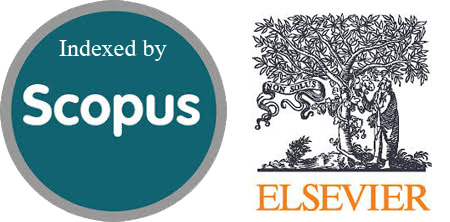
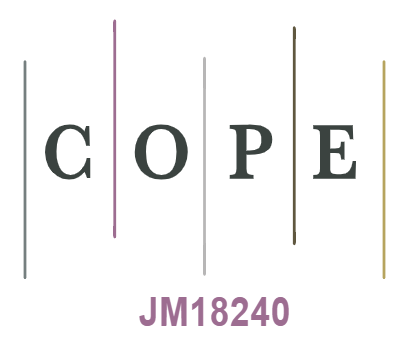

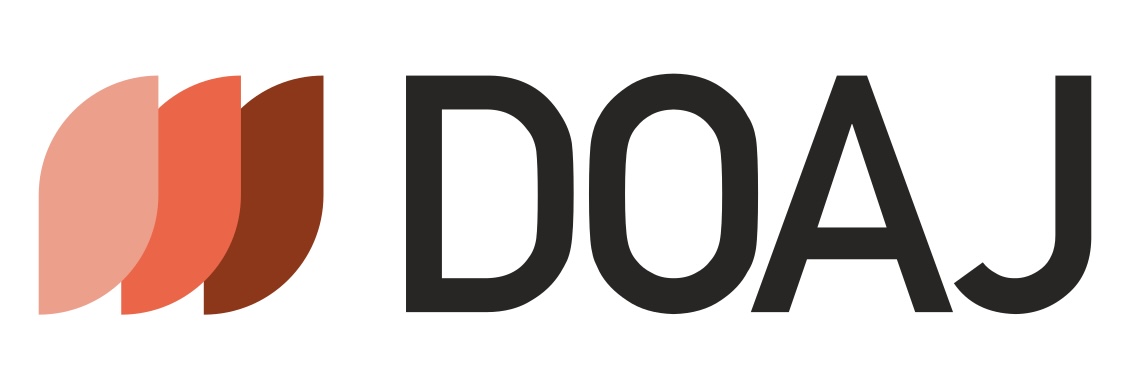

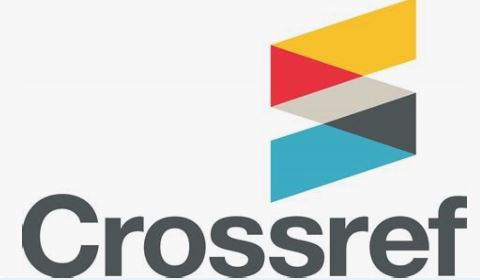

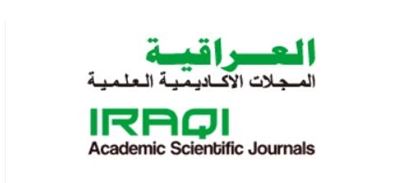


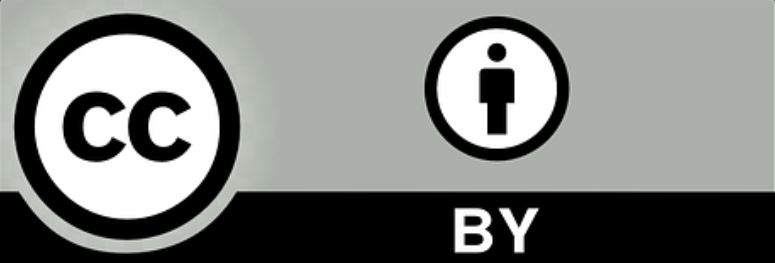 Creative Commons Attribution 4.0 International license..
Creative Commons Attribution 4.0 International license..


